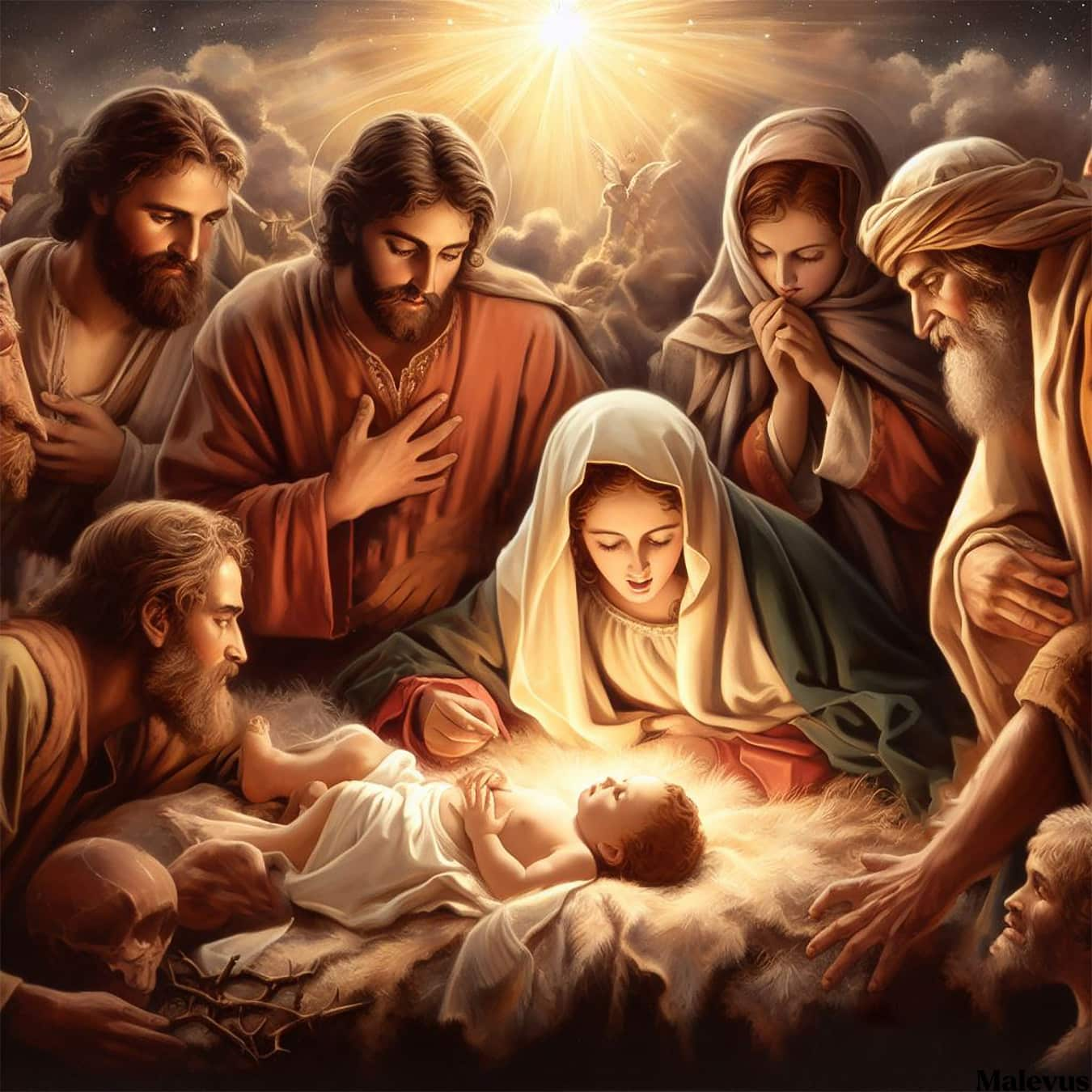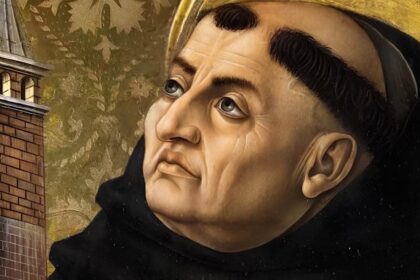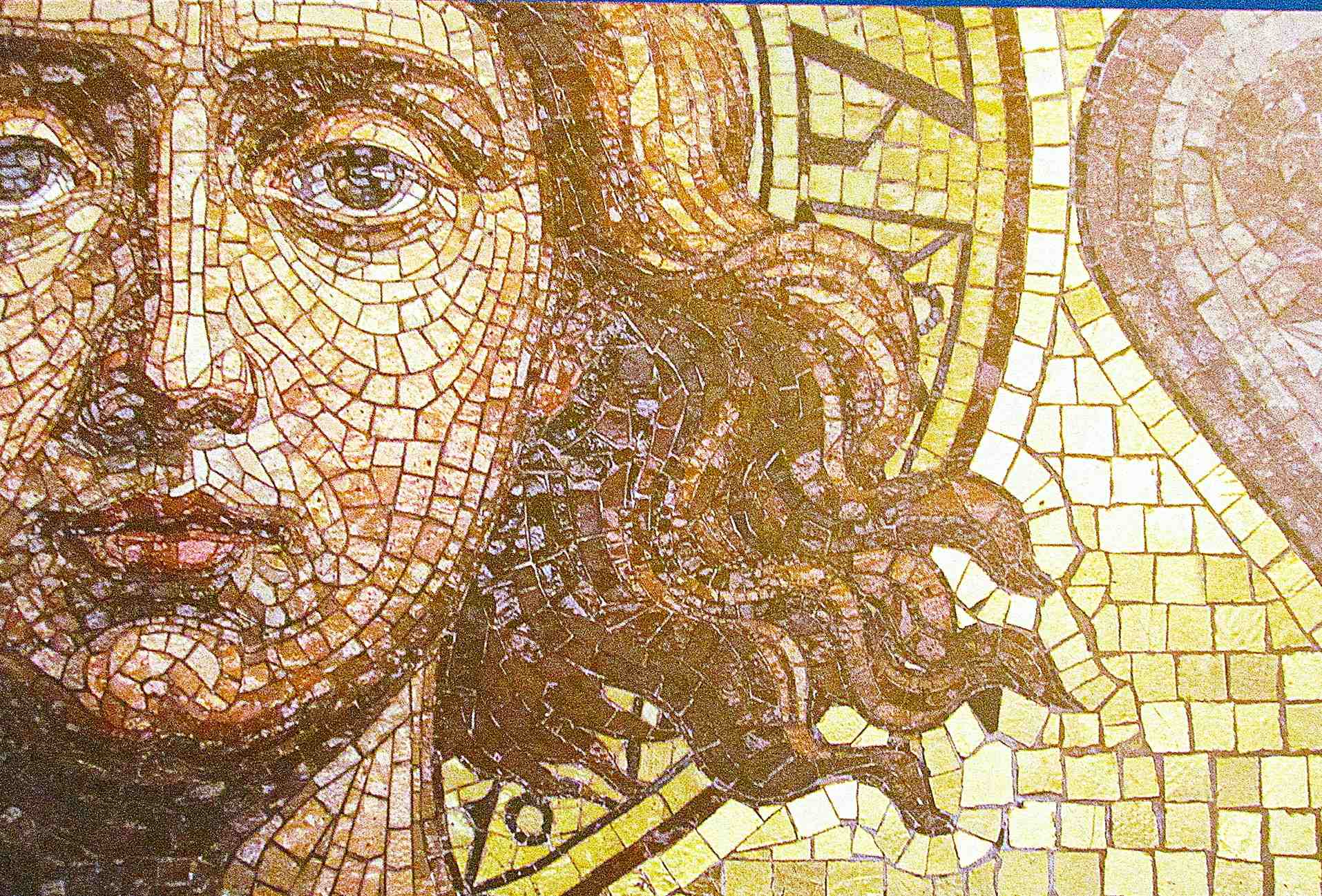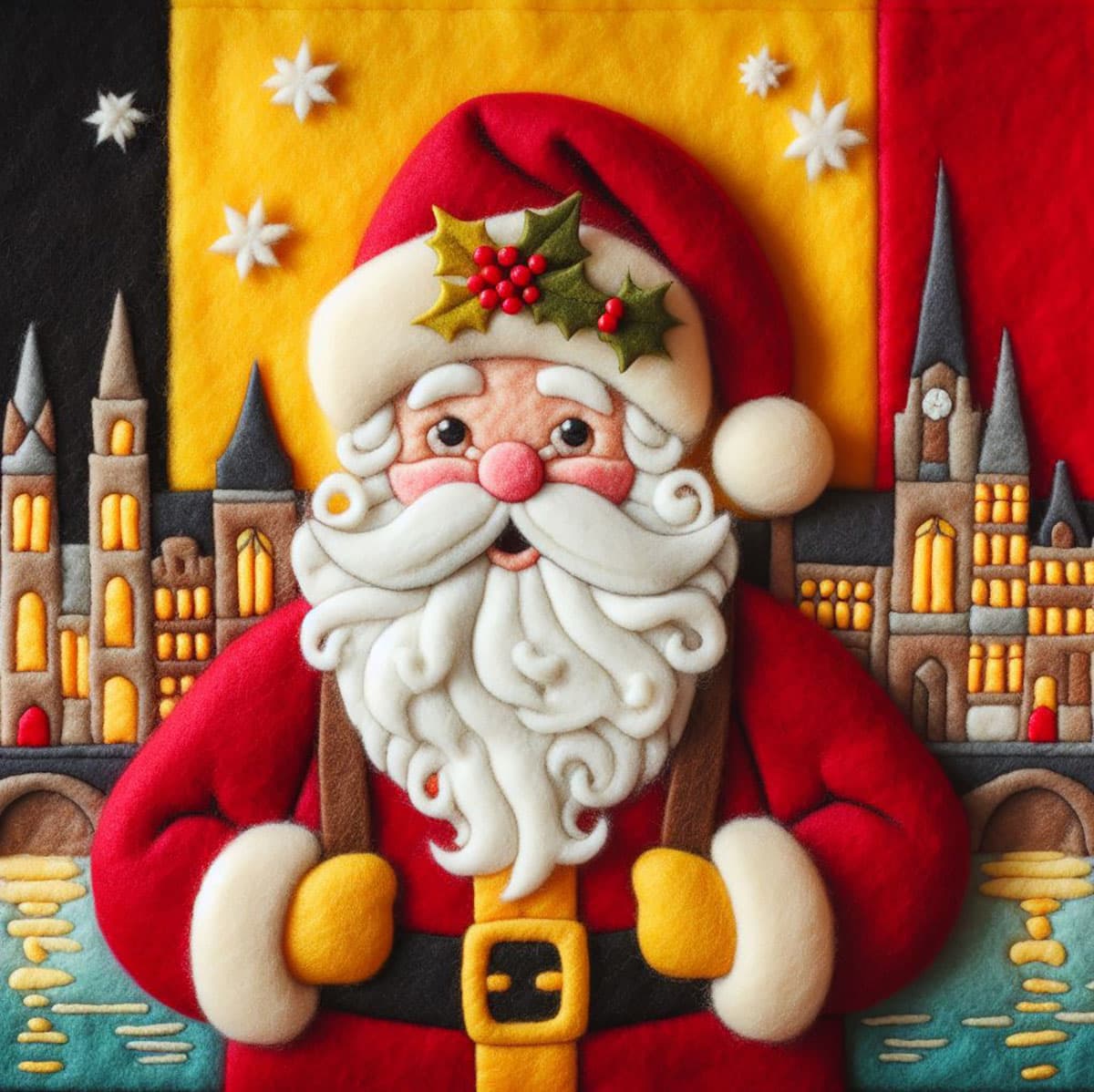As a worldwide Christian holiday, December 25 is widely celebrated as the “Nativity of Mary” or “Nativity of Jesus.” It is a feast honoring the birth of Jesus, who was conceived by the Holy Spirit and born to the Virgin Mary in a stable in Bethlehem, according to the faith. Nativity is, along with Easter, the central feast of the Christian calendar. The origin of the Feast of the Nativity of Mary is in the birth of Jesus of Nazareth. The development of this feast throughout the Christian community, from its earliest celebrations to the present-day custom of placing Nativity cribs, and trees topped with stars, which seem to be inspired by the more popular Christmas celebration.
Story of the Nativity
The birth of Jesus of Nazareth is commemorated annually on the feast of the Nativity of Mary. For the Christians, his birth represents the Incarnation of God into a human body, and he is both the Son of God and God. In the story, the angel Gabriel revealed to the young Mary that she would bear the Son of God. This event is known as the Annunciation.
Mary’s carpenter husband Joseph was at first inclined to disown her, but an angel appeared to him in a dream and explained everything. The Gospels state that during the reign of King Herod the Great (72 BC–4 BC), the Roman authorities arranged a massive census, compelling all adult males to return to their hometowns to be tallied. So, Joseph took Mary away from Nazareth, and they set out for Bethlehem. According to the Gospel of Luke, Mary gave birth to Jesus in the city.

There was a prophecy that a king would come from the line of David, and because Jesus’ birth fulfilled that prophecy, King Herod, afraid for his throne, ordered the slaughter of all the babies in Bethlehem. The term “Massacre of the Innocents” describes this event. However, after receiving a second warning in his dream, Joseph quickly took his family to safety in Egypt. As of now, the Gospels are the sole source for information on this massacre, which has led some to speculate that it was fabricated in order to draw parallels between Jesus’ and Moses’ stories.
But according to Roman historian Flavius Josephus (b. 37 AD), the census recounted in the gospels took place in 6 or 7 AD and was ordered by Governor Quirinus. Nonetheless, Herod’s rule expired in 4 BC, thus, this date presents a dilemma for the story of the Nativity. In other words, Herod’s power predated the Quirinus census. In addition, Quirinus’ census would only apply to Judea (where Bethlehem lies), and not Galilee (where Nazareth is located).
Determining a reliable year for Jesus’ birth
Luke the Evangelist (d. 84 AD) referred to Bethlehem as the City of David. Luke was an apostle of Paul who did not personally meet Jesus during his lifetime. Therefore, there is room for mistake in his gospel.
If Joseph went to Bethlehem to be numbered during the reign of governor Quirinus, then one may be looking at a hybrid of Herod I the Great (72 BC–4 BC), and his successor, Herod Archelaus (4 BC–6 AD) referred to in the story of the Nativity. There are two schools of thought when it comes to determining when Jesus was born: Those who believe that the census did not take place and that the event must have taken place just a little before the death of Herod I before 4 BC, and those who believe that Joseph did take the census, but under Herod Archelaus, thus placing the birth of Jesus of Nazareth in 6 or 7 AD.
How December 25 chosen as the day for Nativity
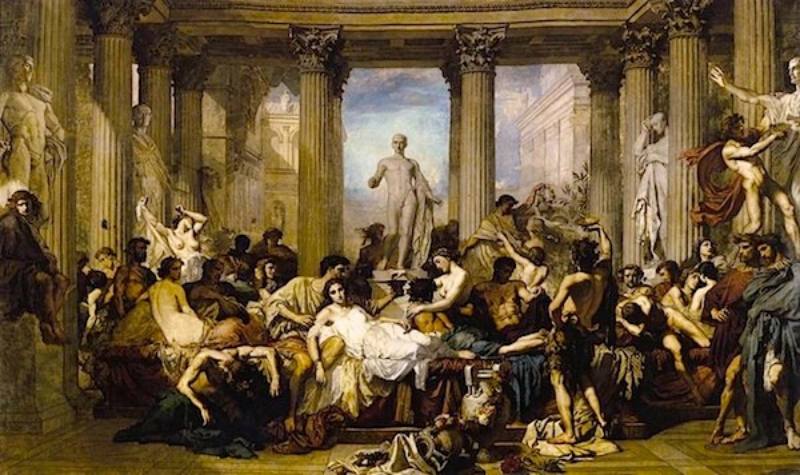
“The Nativity” derives its name from the Latin word for the event, Nativitas or Natalis (which means “relating to birth”). While the feast of the Nativity of Jesus has been going strong since at least the 3rd century, there is no universally agreed upon date for doing so throughout all of Christianity due to the fact that the date is not explicitly stated in the Gospels and has no historical value.
Today, the Nativity is still celebrated on the date of December 25 because the date was chosen as the feast of the Incarnation by Pope Liberius of Rome in the 4th century for symbolic reasons. Since Christmas is pretty much the rehashing of ancient Pagan celebrations, the date of December 25 was also chosen for Christmas Day for the sake of weakening the Pagan celebrations.
The date was a convenient astrological sign as well. Because the winter solstice (the real basis of many end-of-the-year celebrations like Christmas) usually occurs in late December.
Just like the Nativity, many faiths use this date to celebrate the triumph of life (light) over death (darkness). The Roman Pagans celebrated Saturnalia (the feast of the god Saturn) on this date, Mithra worshippers celebrated Mithragan (the day of the birth of Mithra) on the same day, Sol Invictus (the “Undefeated Sun”), a solar deity combining aspects of Apollo and Mithra, was born on this day, and the Jewish holiday of Hanukkah (commemorating the re-inauguration of the Temple in Jerusalem) also falls at a near date.
Therefore, the 25th of December a day with the common symbolism of winter solstice, utilized by different faiths, including the Paganism, throughout the history. In 425, during his reign, Emperor Theodosius II established the day of the Nativity official. Gradually the Feast of the Nativity gained prominence. Around the end of the 5th century Clovis was baptized on Nativity Day; in 506, the Council of Agde declared the Nativity a legal holiday; and in 529, Emperor Justinian declared the Nativity a day of rest.
The first Nativity scene was created by Francis of Assisi

St. Francis of Assisi, in 1223, at Greccio, Italy, arranged a live Nativity scene (with “the faithful” playing the roles) that looks to be the first known example of the term “Nativity scene” as we know it today. Miniature Nativity scenes, like the ones that are popular now, originated in the 16th century, when they were promoted by the Jesuits.
Finally, Christians give presents on December 6 in honor of Saint Nicholas, the patron saint of children, or on the Epiphany, when they remember the gifts the Magi gave to the infant Jesus. The traditional holiday for exchanging presents during the Feast of the Nativity of Mary again varies throughout time and space. But the presents are often handed out on December 25.
Origins of the customs associated with the Nativity
A number of customs dating back to the early Christian period accompany the feast of Nativity. First, there is the liturgical season of Advent, which consists of the four Sundays immediately before the Nativity of Mary (and also Christmas). Christians traditionally burn an Advent candle on each Sunday leading up to the Nativity of Mary to represent the light that will be born again on that day.
The same candle tradition appears in the Pagan Saturnalia festival in ancient Rome, which occurs at the same time of year. Again, Christmas gift-giving is reminiscent of the ancient Roman practice of presenting sigillaria.
Moving on, one of the most important Christian holidays, after Easter, is the celebration of Christ’s birth at Midnight Mass on December 24 (which is seldom conducted on this day. Because the traditional Christmas Eve celebration with the loved ones come too close with the day of Midnight Mass.
During the Nativity season, it is customary for religious Christians to display a miniature replica of a cave or stable in their homes, complete with figurines depicting Mary, Joseph, and the infant Jesus. This is called the Nativity scene. Traditional crib decorations sometimes include a shepherd tending to his flock of sheep to depict the first visitors to the baby Jesus following the angel’s message (angels are sometimes also present around the nativity crib).
However, the donkey and ox that breathed heat into the baby are not recounted in detail in any of the four gospels that are considered canonical. Evidence for them may be found in the Gospel of Pseudo-Matthew, a late apocryphal document dating back to at least the 6th century.
According to the story, after giving birth in a cave, Mary took Jesus to a stable, where the animals greeted him by submitting to their lord’s care on their knees, echoing a verse from Isaiah: “The ox knows its master, the donkey its owner’s manger.” (Isaiah 1:3) While the donkey and ox were banned from the Nativity scene by the Council of Trent in the 16th century, they have since become a part of the popular Nativity custom. The existence of a Nativity scene in the four gospels, which are considered canonical, implies the presence of domestic animals.


